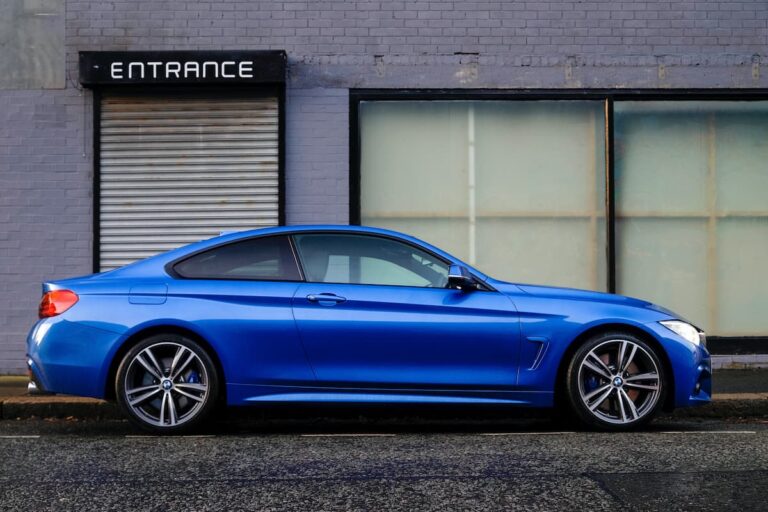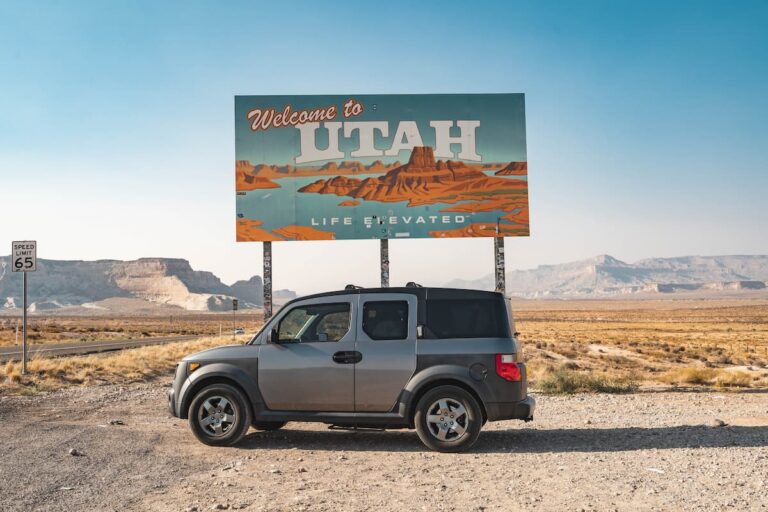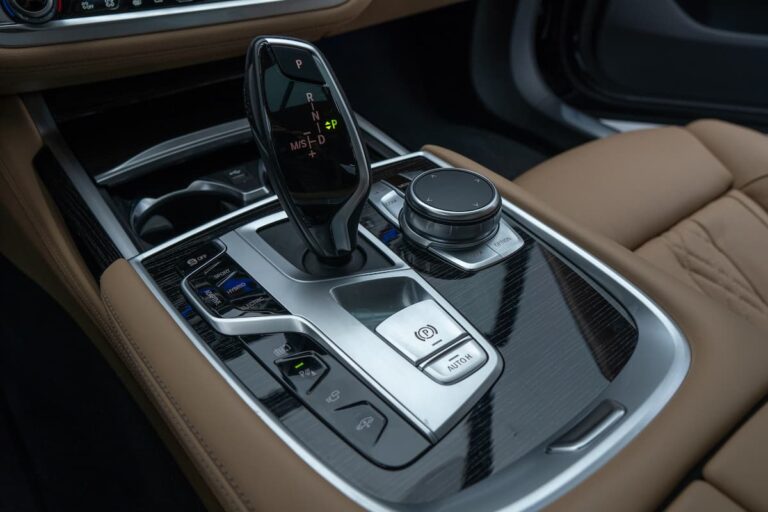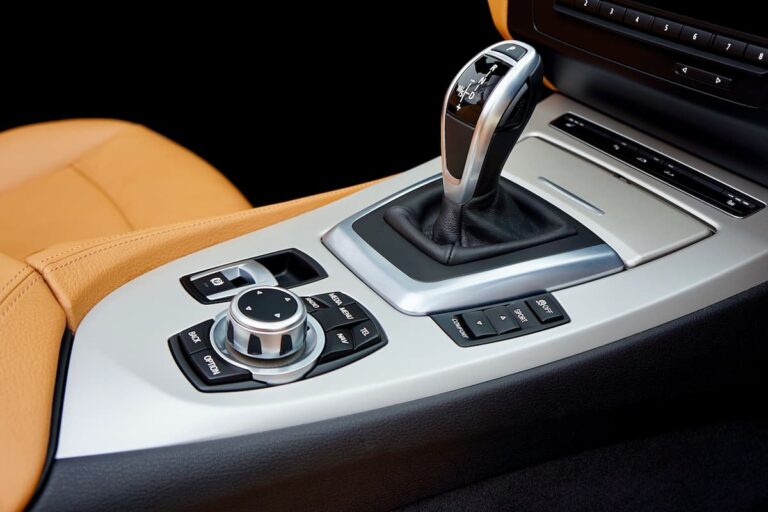Are Car And Motorcycle Theory Tests The Same?
The theory test is just as important as the practical exam when getting your car or motorcycle license. Though the topics covered in both tests are similar, they have distinct differences.
The similarities in car and motorcycle theory tests revolve around specific content regarding road safety and general traffic laws. Structurally, however, the tests are different. Each has multiple-choice questions, but the number of questions depends on the state.
Certain states also divide the exams into sections. For example, states like Alabama and Kansas have the same number of questions on car and motorcycle tests (30 and 25, respectively).
In most cases, however, the driver’s exam has more questions.
Also, while the content in both tests is similar, a percentage of the questions is geared to the specific vehicle.
So, if you have one type of license, you will know some of the answers on the other theory test, but you’ll need to familiarize yourself with the vehicle-specific questions to pass the exam.
The Structure of a Car Theory Test

Car theory tests have multiple-choice questions and require a minimum score to pass.
In most cases, the score is 80%, but it can be lower or higher depending on where you live.
Below are the total number of questions and passing scores for each state.
- Alabama – 30 (80%)
- Alaska – 20 (80%)
- Arizona – 30 (80%)
- Arkansas – 25 (80%)
- California – 46 (83%)
- Colorado – 20 (80%)
- Connecticut – 25 (80)
- Delaware – 30 (77%)
- Florida – 50 (80%)
- Georgia – 40 (75%)
- Hawaii – 30 (80%)
- Idaho – 40 (85%)
- Illinois – 35 (80%)
- Indiana – 30 (80%)
- Iowa – 35 (80%)
- Kansas – 25 (80%)
- Kentucky – 30 (80%)
- Louisiana – 30 (80%)
- Maine – 30 (80%)
- Maryland – 25 (85%)
- Massachusetts – 25 (72%)
- Michigan – 50 (80%)
- Minnesota – 40 (80%)
- Mississippi – 30 (80%)
- Missouri – 25 (80%)
- Montana – 33 (82%)
- Nebraska – 25 (80%)
- Nevada – 50 (80%)
- New Hampshire – 40 (80%)
- New Jersey – 50 (80%)
- New Mexico – 25 (72%)
- New York – 20 (70%)
- North Carolina – 25 (80%)
- North Dakota – 25 (80%)
- Ohio – Two sections with 20 questions each. You need 80% in each to pass.
- Oklahoma – 50 (80%)
- Oregon – 35 (80%)
- Pennsylvania – 18 (83%)
- Rhode Island – 25 (80%)
- South Carolina – 30 (80%)
- South Dakota – 25 (80%)
- Tennessee – 30 (80%)
- Texas – 30 (70%)
- Utah – 50 (80%)
- Vermont – 20 (80%)
- Virginia – 25 (80%)
- Washington – 40 (80%)
- West Virginia – 25 (76%)
- Wisconsin – 50 (80%)
- Wyoming – 25 (76%)
Indiana, Kentucky, New York, and Virginia also require that you pass a road signs section in addition to general knowledge questions.
The Structure of a Motorcycle Theory Test
Motorcycle theory tests also feature multiple-choice questions and require a minimum score to pass.
The number of questions varies depending on the state, and the pass rate is also 80% in most cases.
Motorcycle tests usually have fewer questions than car tests, though specific states have the same number of questions across both exams.
Here are the number of questions and pass rates for each state.
- Alabama – 30 (80%)
- Alaska – 25 (80%)
- Arizona – 30 (83%)
- Arkansas – 25 (80%)
- California – 30 (80%)
- Colorado – 25 (84%)
- Connecticut – 16 (75%)
- Delaware – 25 (80%)
- Florida – 25 (80%)
- Georgia – 20 (75%)
- Hawaii – 25 (80%)
- Idaho – 25 (80%)
- Illinois – 15 (80%)
- Indiana – 25 (84%)
- Iowa – 25 (80%)
- Kansas – 25 (80%)
- Kentucky – 30 (80%)
- Louisiana – 25 (80%)
- Maine – 25 (80%)
- Maryland – 25 (84%)
- Massachusetts – 25 (72%)
- Michigan – 20 (80%)
- Minnesota – 40 (80%)
- Mississippi – 25 (80%)
- Missouri – 25 (80%)
- Montana – 25 (80%)
- Nebraska – 25 (80%)
- Nevada – 25 (80%)
- New Hampshire – 25 (80%)
- New Jersey – 50 (80%)
- New Mexico – 25 (80%)
- New York – 20 (70%)
- North Carolina – 37 (78%)
- North Dakota – 25 (80%)
- Ohio – 40 (75%)
- Oklahoma – 25 (80%)
- Oregon – 35 (80%)
- Pennsylvania – 20 (80%)
- Rhode Island – 25 (80%)
- South Carolina – 30 (80%)
- South Dakota – 25 (76%)
- Tennessee – 30 (80%)
- Texas – 20 (80%)
- Utah – 25 (80%)
- Vermont – 25 (80%)
- Virginia – 25 (80%)
- Washington – 25 (80%)
- Washington DC – 25 (80%)
- West Virginia – 25 (76%)
- Wisconsin – 25 (80%)
- Wyoming – 25 (80%)
Test Areas in a Car and Motorcycle Theory Exam

Car and motorcycle theory exams have similar assessment areas, with the most common listed below.
1. Accidents
This topic covers your preparedness during an accident.
It may assess your first aid knowledge, your use of warning devices, and how you report accidents to the authorities.
2. Attitude and Alertness
This topic covers your reactions on the road, including your responsiveness toward hazards and how you communicate with fellow drivers.
It also assesses observation, concentration, and distraction.
3. Documents
This test area concerns the legalities associated with owning a car or motorcycle.
You may have questions about licenses, insurance, vehicle registration, etc.
4. Handling
The weather isn’t always sunny, and the roads aren’t always smooth.
This section covers the theory behind driving in real-life conditions, including traffic jams and nighttime driving, and challenging conditions like driving in bad weather or on a road with bends.
5. Hazards
This topic tests hazard awareness, response time, and the dangers of driving while intoxicated.
6. Loading
Car owners may relate more to questions on this topic, as they’re more likely to tow or haul heavy loads on their vehicles.
However, riders also carry luggage, and this area may assess various aspects like speed and balance.
7. Road Signs
Road signs don’t only consist of the road markings we see daily; they also include hand signs from cyclists and other drivers. This section will test your knowledge of both.
8. Traffic Rules
This topic covers speed limits, parking regulations, and lighting.
You’re also tested on the different highway lanes and how various weather conditions affect your driving ability.
9. Vulnerable Road Users
Like the attitude and alertness section, this topic tests your responsiveness to non-drivers or problematic drivers, including pedestrians, animals, new drivers, children, and the elderly.
10. Vehicle Safety
This topic is all about knowing your vehicle.
It assesses your ability to detect malfunctioning components, weird noises, or emissions that could be harmful to drivers and pedestrians.
It also tests your understanding of various safety equipment.
How to Pass Your Theory Test
Passing your theory test is the first step to getting your motorcycle or driver’s license, and you can do a few things to increase your chances of success.
1. Study
Both cars and motorcycles have handbooks with information on the various exam topics.
They’re free at the DMV, and you should dedicate time to studying the relevant information.
2. Take a Practice Test
There are various car and motorcycle practice tests online, and taking a few gives you an idea of what to expect.
These tests will let you know which questions you got wrong so you can brush up on your knowledge in those areas.
3. Get Enough Sleep
You can study every topic covered on the test, but without a good night’s sleep, you’ll have trouble remembering it.
Getting at least 7 hours of sleep the night before your test is highly recommended.
4. Eat Before Your Exam
Exam writing takes a lot of mental stamina, and eating an hour or two before your test will help keep up your energy levels.
Depending on your test time, remember that a healthy breakfast increases cognitive ability, so try not to skip this very important meal.
5. Plan Your Day
Avoid stress on test day with a little pre-planning. Prepare everything you need (e.g., your personal documents) in advance so you can get to the test center without rushing or forgetting anything.
6. Take Your Time During the Test
Though vehicle theory tests don’t have trick questions, you can make avoidable mistakes if you try to complete the exam quickly.
The time allotted for these tests is more than enough, so give each question the attention it deserves. You’ll understand what’s being asked and give yourself a better chance of answering correctly.
7. Go Through Your Answers
The final part of an online car or motorcycle theory test allows you to go through your answers and confirm that everything is correct (at least to you).
Don’t waste this opportunity, especially if you have enough time. Review each question and ensure you’re confident with the answers.
Do the same if taking a written test.
Conclusion
Whether taking a car or motorcycle theory test, you’ll have to answer multiple-choice questions and get a minimum score to pass (usually 80%).
The content of the exams will have certain similarities regarding general traffic laws and road safety but expect each test to have vehicle-specific questions.
Improve your chances of passing by:
- Studying
- Taking a practice test
- Getting a good night’s sleep
- Having a healthy breakfast
- Arriving early
- Reading the questions
- Reviewing your answers before submitting.
Once you pass your theory exam, you’re one step closer to getting your license, and all that’s left is to pass your road test.






